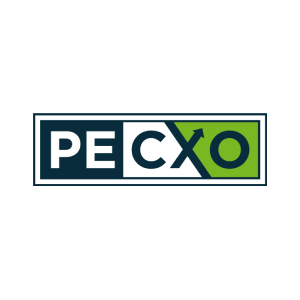- The annual operating budget is a PE-backed CFO’s 12-month commitment to their board of directors.
- The annual operating budget should possess an optimal blend of ambition and practicality. Unrealistic targets can create business-wide disenfranchisement and reduced productivity.
- Great CFOs align with their sponsor to ensure each budget is a one-year slice of an overarching investment plan.
The annual budget serves as the navigational keel of a business.
An expertly planned budget requires input from every facet of a company. A detailed budgeting process plays a crucial role in driving alignment across the business on expectations for the ensuing year.
PE-backed CXOs should apply several foundational best practices around the annual budget. These include identifying the theme of the budget, properly sequencing budget-related activities, aligning the budget to near-term objectives dictated by the investment thesis and BOD, and viewing budgeted targets through the lens of an operator.
Identify the Budget Theme
PE firms acquire companies with a logical beginning, middle, and end in mind.
Many hold periods follow the same basic rhythm.
- In the beginning, the company tackles inefficiencies identified during the diligence process and makes investments to propel the business towards its full potential.
- Towards the middle of a hold, the company builds sales momentum, fortifies its operations, and expands market presence.
- At the end of a hold, the company seeks to cut superfluous costs and further optimize EBITDA.
A CXO’s understanding of how their sponsor views the company’s position on the investment timeline is crucial to designing an effective annual budget.
This alignment helps finance chiefs identify the right levers to prioriti...
